Boeing postpones Starliner launch after new glitch
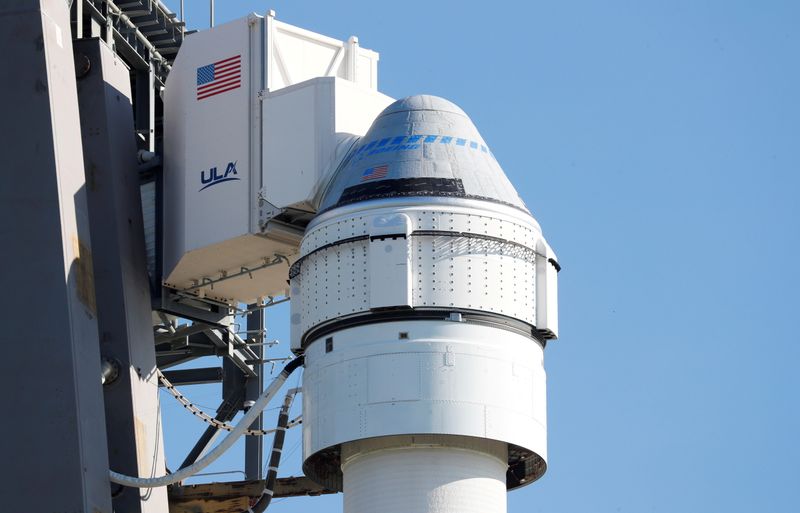
(Reuters) -Boeing Co scrubbed the launch of its CST-100 Starliner to the International Space Station on Tuesday due to a system glitch, a fresh setback for the U.S. aerospace company following the vehicle’s botched 2019 debut.
Boeing engineers ruled out “a number of potential causes, including software,” but were still working to understand the source of “unexpected valve position indications” in the propulsion system, Boeing said in a statement Tuesday evening.
“Additional time is needed to complete the assessment,” Boeing said, adding that it would also not proceed with the next potential launch window on Wednesday.
The delay of Tuesday’s uncrewed test flight throws into question the timing of Boeing’s follow-on mission with a crew onboard, which Boeing has said would take place no earlier than December.
Boeing engineers detected the valve position problem during Tuesday’s pre-launch preparations, while making checks after electrical storms in the region, Boeing said in a statement.
“We’re going to let the data lead our work,” said John Vollmer, the program’s manager. “We will not launch until our vehicle is performing nominally and our teams are confident it is ready to fly.”
The Starliner capsule loaded with supplies had been due to blast off atop an Atlas V rocket flown by the United Launch Alliance, a partnership of Boeing and Lockheed Martin Corp, from Space Launch Complex-41 at Cape Canaveral Space Force Station.
The launch was originally planned for last Friday, but was postponed by NASA after the space station was briefly thrown out of control with seven crew members aboard, a mishap caused by the inadvertent reignition of jet thrusters on a newly docked Russian service module. Russia’s space agency blamed a software glitch.
The uncrewed mission was intended as a precursor to crewed flight potentially to be conducted before the end of the year. It was the latest setback for a U.S. aerospace giant reeling from back-to-back crises – a pandemic that crushed demand for new jetliners and a safety scandal caused by two fatal 737 MAX crashes – that have damaged Boeing’s finances and engineering reputation.
Boeing was powering down the spacecraft on Tuesday evening, and planned to roll the rocket and spacecraft back to the Vertical Integration Facility on Wednesday for further inspection and testing “to inform the next steps,” Boeing said.
The Starliner capsule headlined Boeing’s efforts against billionaire entrepreneur Elon Musk’s SpaceX to be the first to return NASA astronauts to the space station from U.S. soil in nearly a decade.
But a series of software glitches during the December 2019 debut launch resulted in its failure to dock at the orbital laboratory outpost. SpaceX’s Crew Dragon has gone on to launch three crewed space station missions since 2020, with a fourth scheduled as early as Oct. 31, according to NASA.
Boeing has spent a year and a half correcting issues flagged during NASA reviews, part of the U.S. space agency’s strategy to ensure access to the sprawling international research satellite some 250 miles (400 km) above Earth.
NASA in 2014 awarded contracts to Boeing and SpaceX to build their own capsules that could fly American astronauts to the space station in an effort to wean the United States off its dependence on Russia’s Soyuz vehicles for rides to space following the end of NASA’s space shuttle program in 2011.
The capsule had been loaded for the 24-hour trip to the station with a flight test dummy nicknamed “Rosie the Rocketeer,” and about 760 pounds of cargo, Boeing said.
(Reporting by Eric M. Johnson; Editing by Will Dunham and Richard Pullin)
















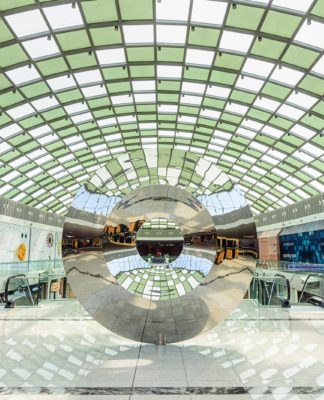

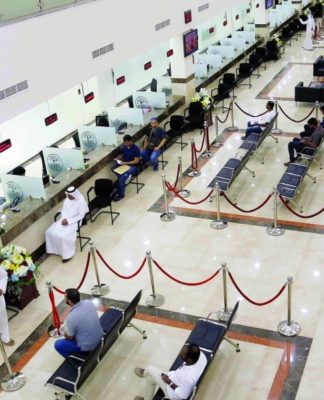

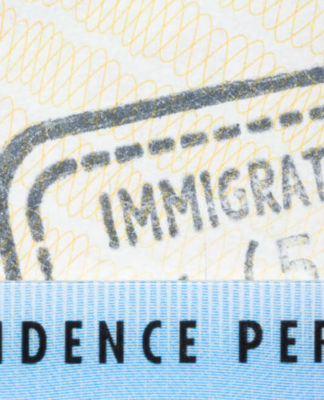
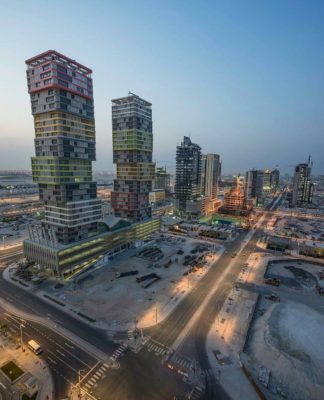







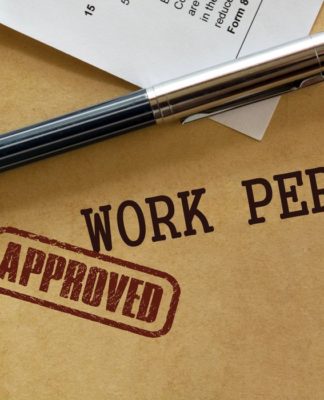
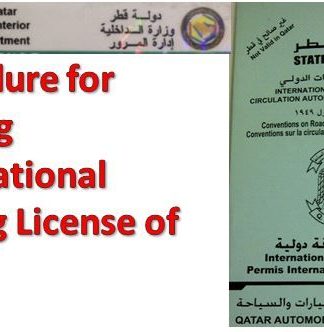
comments